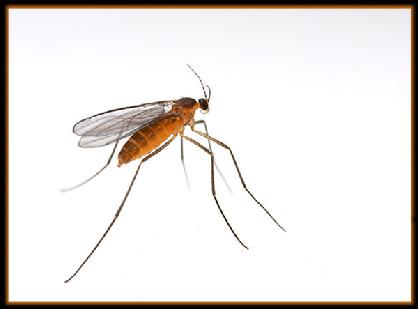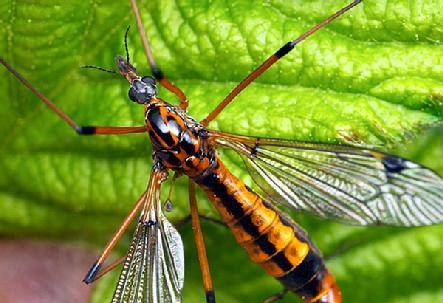 |
| Click on this photo for other cool bug pics! |
|
|
 |
| Click on this photo for other cool bug pics! |
|
|
Diptera – Midges have been overlooked by many fishermen as being too small to be considered a food source for feeding trout. Many fisherman look at a size 20 fly and think it is too small to catch anything but I have had days where I hammer 18-20” fish all day long on a size 22 L.G.M. ! It may be a little tougher to hook them, and once they are hooked you must play them correctly because a hook that small does not allow for much error. My father believes that if you have to fish with flies smaller than a size 20, the fly should detonate when the fish take them to make it fare. (ha-ha) The reality is that fish often eat hundreds and thousands of these in a single day! They literally will gorge themselves on these from late fall until late spring, and will feed on these most of the season. Since there are several generations a year, they can always be found in smaller sizes in the rivers and streams. Fishing a size 18 to 20 will always match up to one of those generations not matter where you are! Even when there are larger food sources available in the months of June through August some of the most selective trout you may ever encounter will feed on these tiny morsels. They are similar to caddis in that they will also undergo complete metamorphosis. Midge larva and the pupa don’t really swim that well in moving streams so it is best to imitate them by letting them roll along the bottom of the stream on a dead drift. Fishing Lint Bugs, Little Green Machines, and Minute Midges in the riffles and pools below them from late fall through winter and into spring seems to drive the fish crazy. It is not uncommon for me to go out and catch fifteen fish an hour in late March and early April before the rainbows move onto their redds to spawn. DO NOT FISH ON THE REDDS! When the pupa swims to the surface to emerge as an adult, it can be some of the best and perhaps hardest fishing of the year. You will want to go light, like 6x or 7x tippet, and fish patterns as small as a size 26. Fishing something like a Griffith’s Gnat on the surface can be very effective, but like most hatches the fish will take a subsurface imitation most of the time. If you see swarms of little tiny bugs hovering over the water, there is a good chance you are witnessing a midge hatch. Midges in lakes, or Chironomids, tend to be quite a bit larger than their moving water counter parts, and can be fished effectively in sizes 12 to18. When a Chironomid pupa swims to the surface from the bottom of the lake, they swim in a virtual straight line until they reach the surface to emerge. They are not fast swimmers! Imitations like the Chronic Midge can provide you with fantastic action during these hatches, which will occur through out the season.
|
|